

With more than three quarters of a trillion dollars spent annually, no nation has a military budget even close to the size of The United States. Over one-third of that budget goes toward research and development of weapons systems.
To determine America’s future weapons, 24/7 Wall St. reviewed the U.S. Department of Defense Budget Request. The document contains an itemized list of major weapon systems expenditures in fiscal 2021 and the requested budget for 2023. We only considered items that the military spent money on but were still in development.
Of the $276 billion allocated to procurement, R&D, test, and evaluation, the largest portion, $78.1 billion, will go to mission support activities. Next, $56.5 billion will go to aircraft and related systems, $40.8 billion to shipbuilding and maritime systems, $24.7 billion to missiles and munitions, and smaller amounts going to space-based systems, missile defense programs, science and technology, communications, and other needs.
The Navy, which includes the Marines, will get over $80 billion – more funds than any other branch – with about half going toward shipbuilding. The Air Force will get the second most at over $40 billion. (This is the world’s largest navy.)
Future weapons include an upgrade to the classified jets that are known as Air Force One when the president is on board. The VC-25A military variants of the Boeing 747-200 will be replaced with versions of Boeing’s 747-8 that will be heavily modified for presidential transport. Although there have been some setbacks in the production of the new VC-25B jets, Boeing has received a $3.9 billion contract to finish the two jets by 2024.
Other upgrades include new MH-139A Grey Wolf helicopters, which will replace the Air Force’s Vietnam-era UH-1N fleet, providing superior protection, speed, and payload and endurance capabilities. The Army will get new armored multipurpose vehicles built off the M113 armored personnel carriers. The Navy can look forward to a new class of ballistic missile submarines as part of the USS Columbia Program as well as new unmanned surface vessels and MQ-25 Stingrays – aerial refueling drones.
Click here to see America’s future weapons
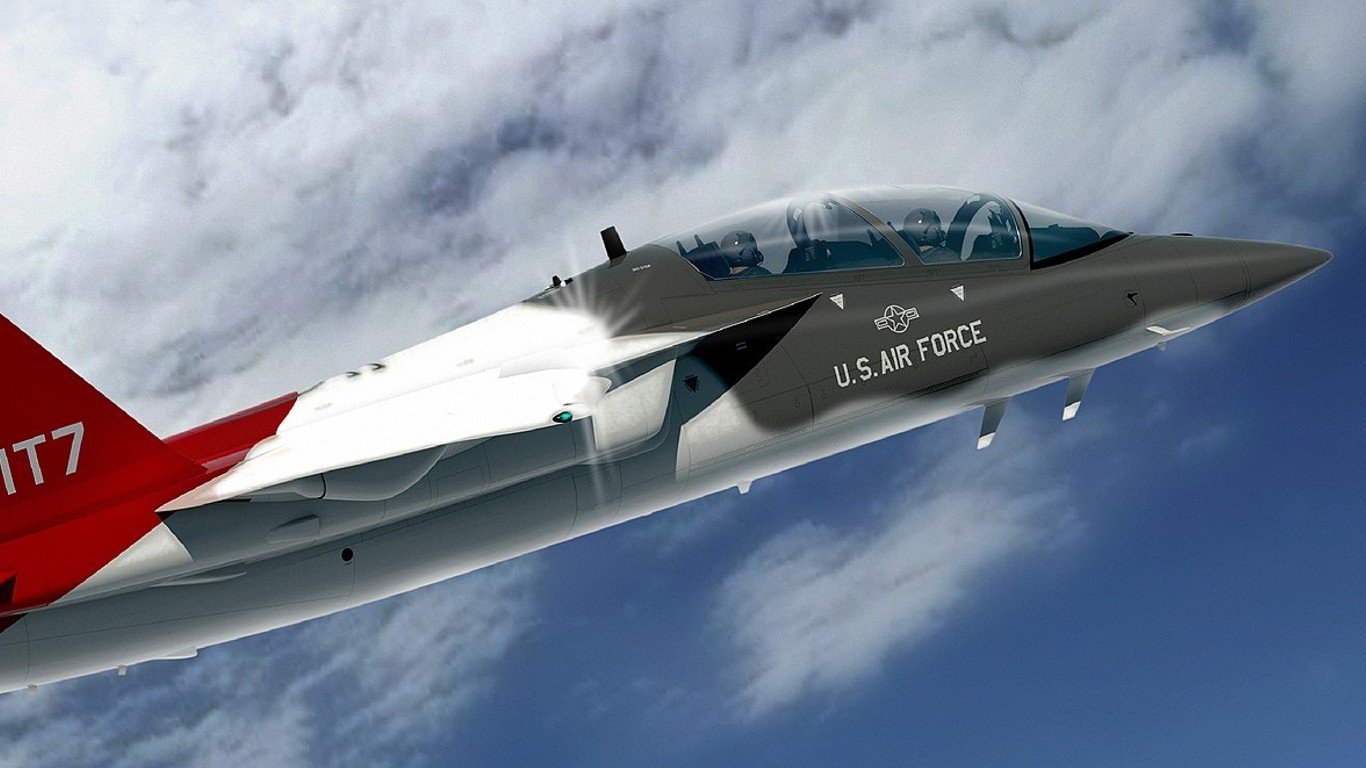
1. T-7A Advanced Pilot Training System
> 2021 spending: $216.8 million
> 2023 requested budget: $118.1 million
> Expected in: still developed in 2023
[in-text-ad]
2. Family of Heavy Tactical Vehicles
> 2021 spending: $28.8 million
> 2023 requested budget: $147.0 million
> Expected in: 2023
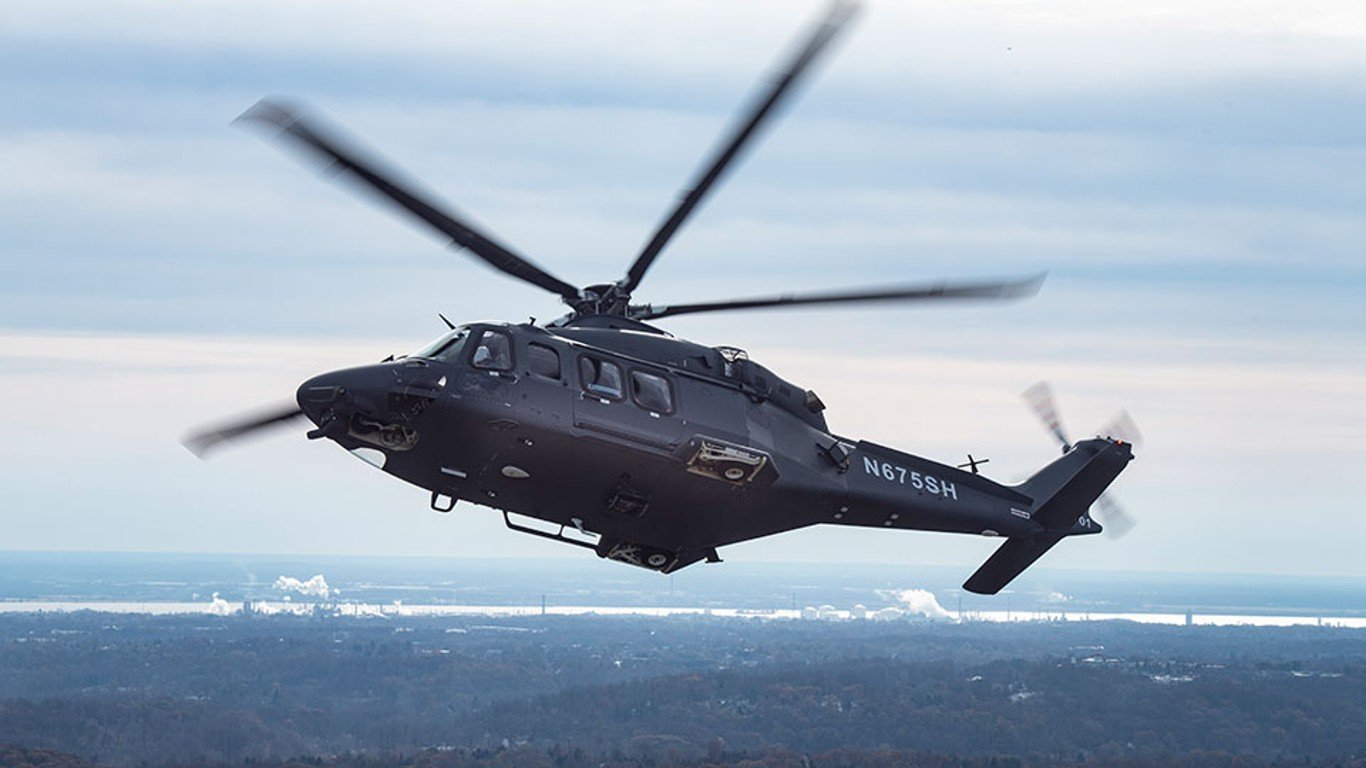
3. MH-139A Grey Wolf Helicopters
> 2021 spending: $228.5 million
> 2023 requested budget: $174.1 million
> Expected in: 2023

4. USV Medium and Large Unmanned Surface Vessels
> 2021 spending: $188.6 million
> 2023 requested budget: $338.7 million
> Expected in: N/A
[in-text-ad-2]
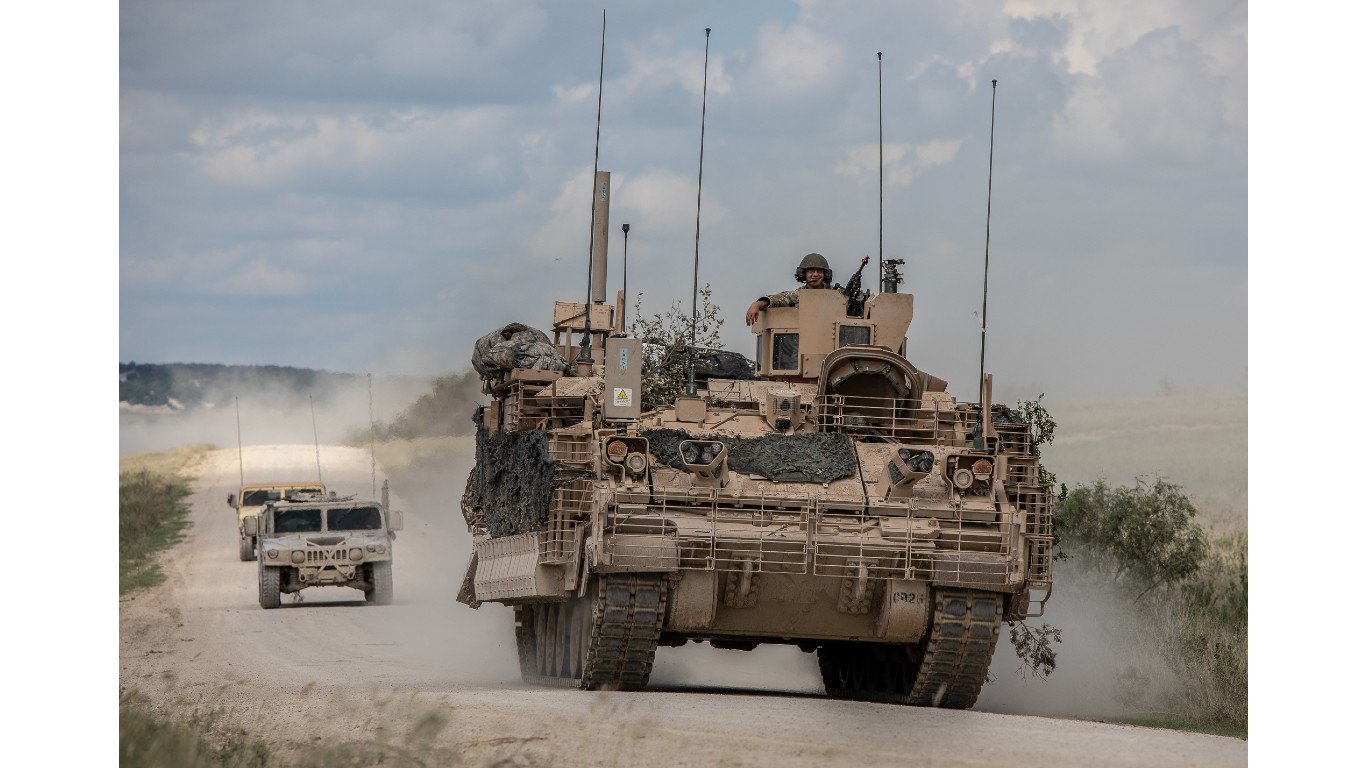
5. AMPV Armored Multi-Purpose Vehicle
> 2021 spending: $132.1 million
> 2023 requested budget: $380.7 million
> Expected in: 2023

6. VC-25B Presidential Aircraft Recapitalization
> 2021 spending: $720.2 million
> 2023 requested budget: $492.9 million
> Expected in: 2026
[in-text-ad]
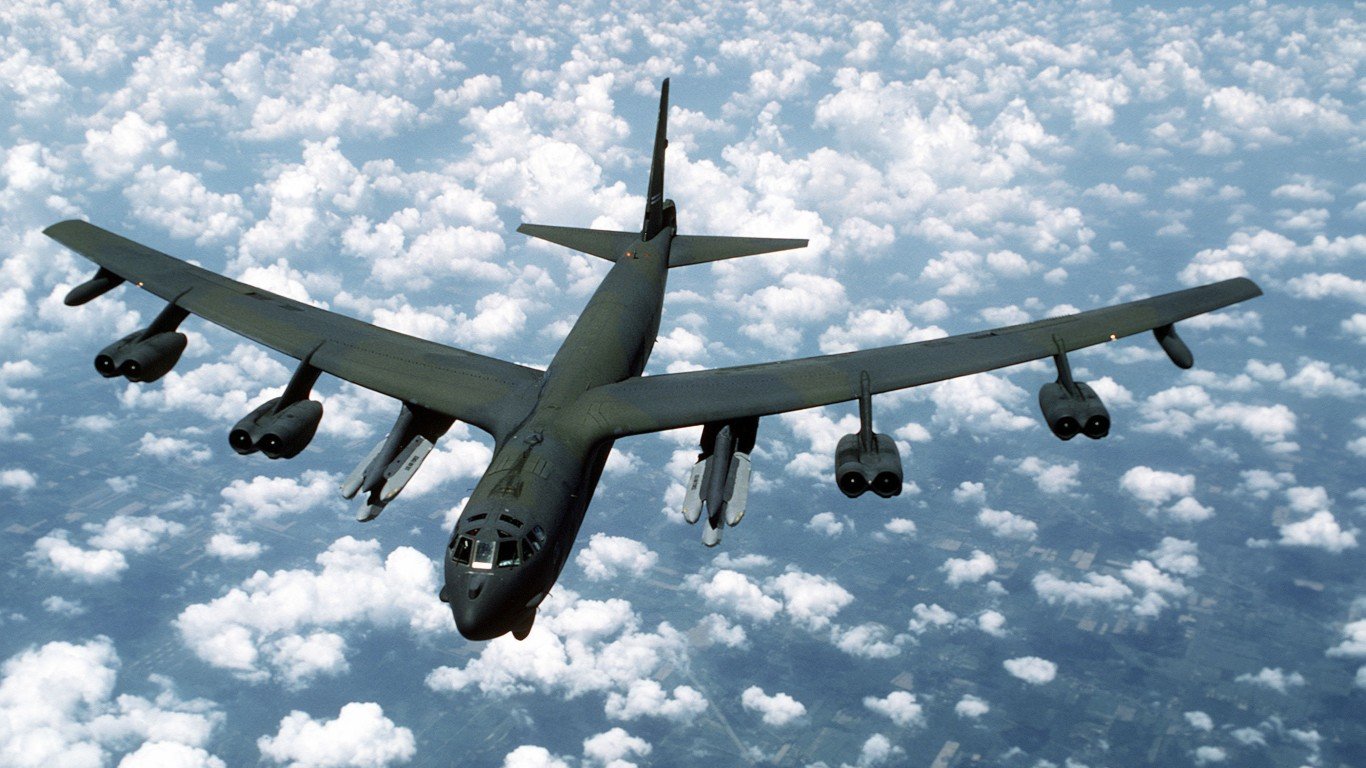
7. LRSO Long Range Stand-Off Weapon
> 2021 spending: $373.5 million
> 2023 requested budget: $980.8 million
> Expected in: N/A
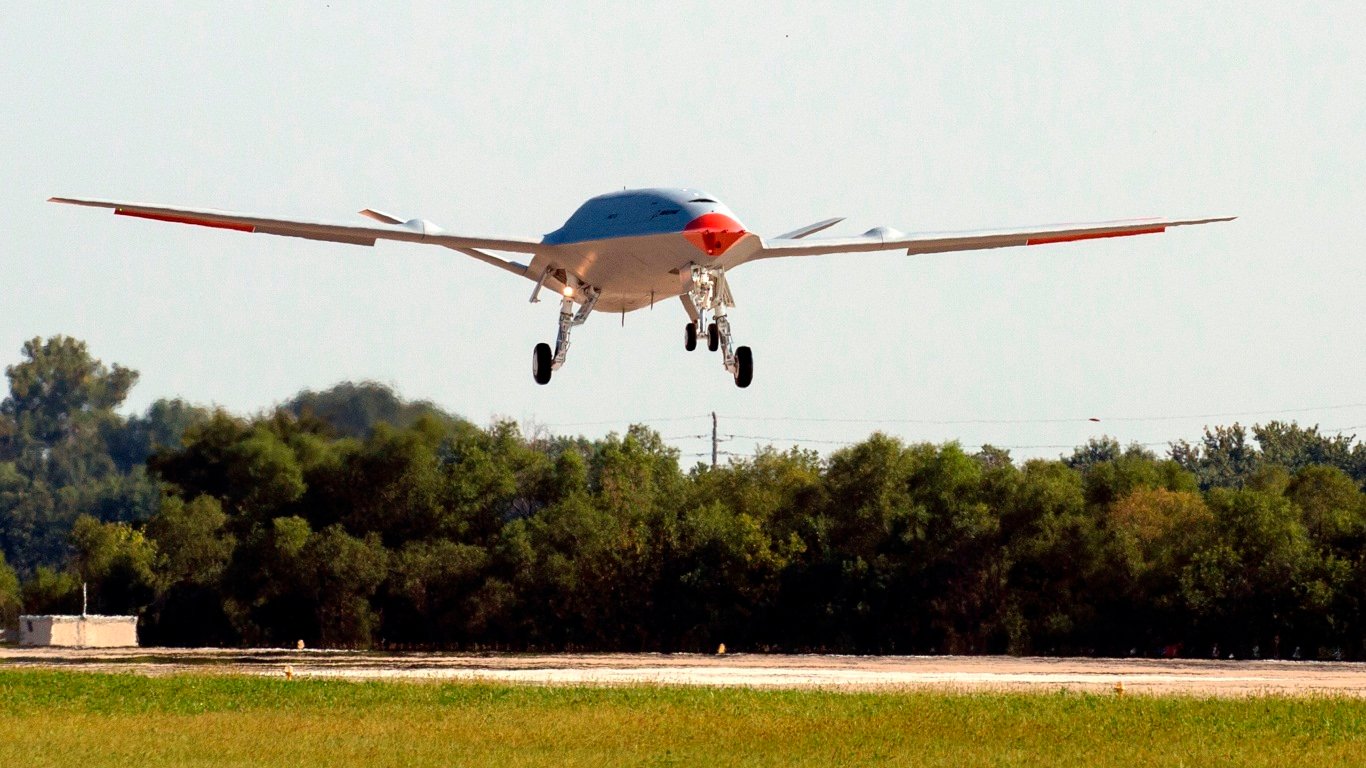
8. MQ-25 Stingray
> 2021 spending: $292.5 million
> 2023 requested budget: $1.2 billion
> Expected in: 2025
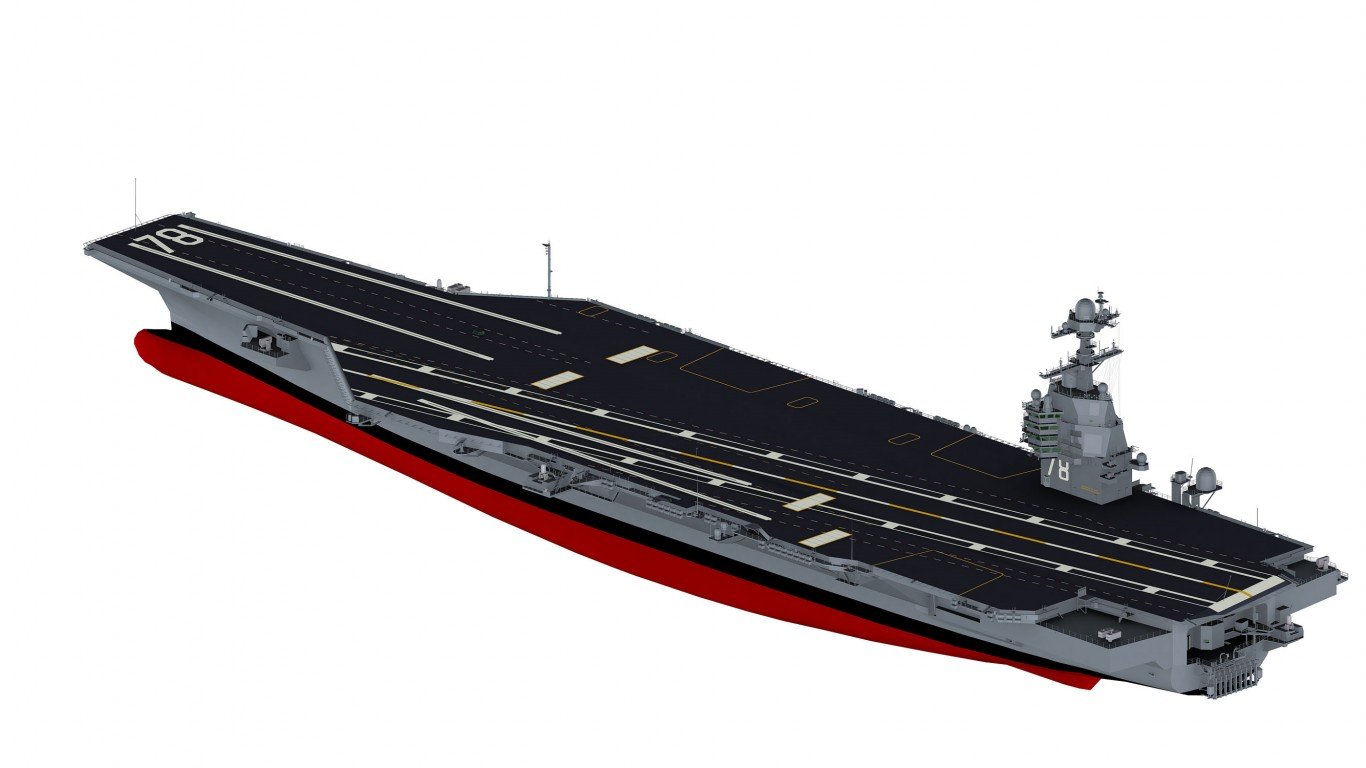
9. CVN 78 Gerald R. Ford Class Nuclear Aircraft Carrier
> 2021 spending: $2.8 billion
> 2023 requested budget: $3.2 billion
> Expected in: N/A
[in-text-ad-2]
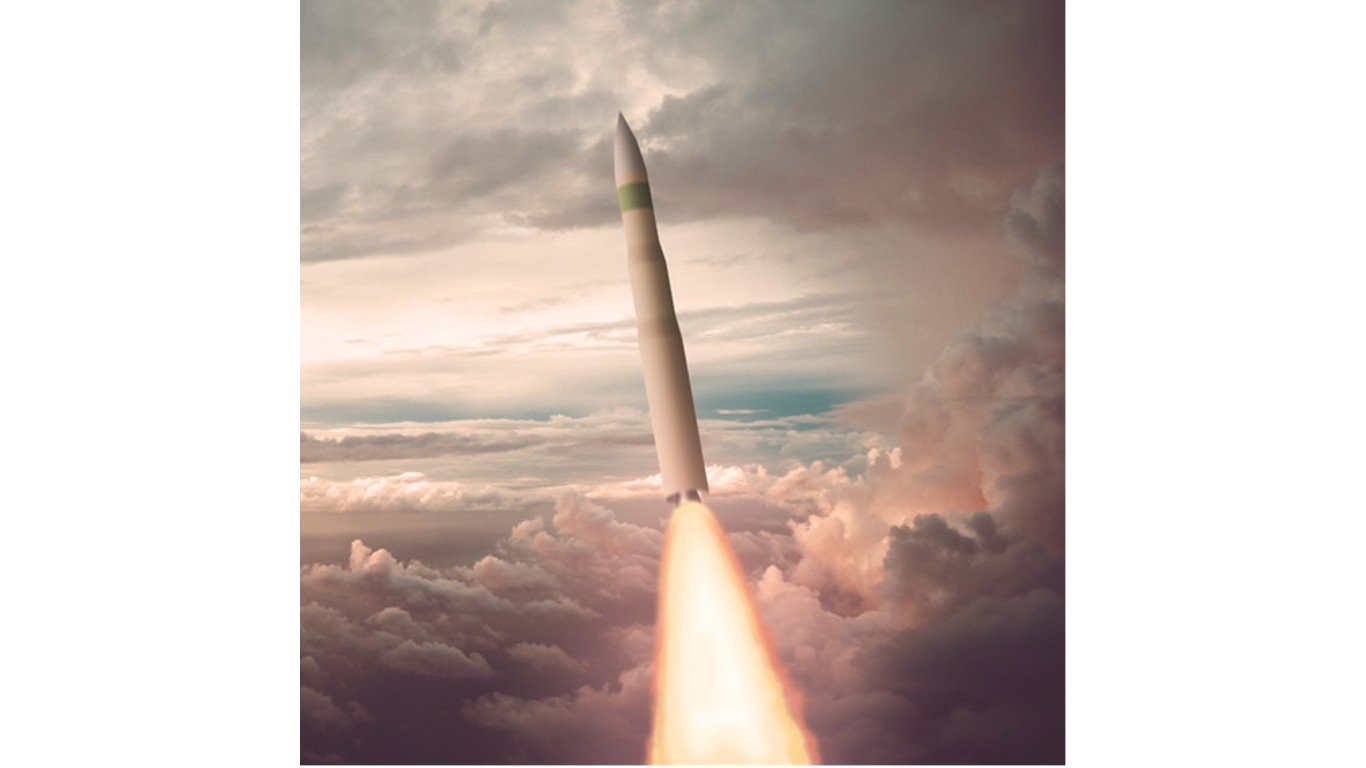
10. Ground Based Strategic Deterrent
> 2021 spending: $1.4 billion
> 2023 requested budget: $3.6 billion
> Expected in: late 2020s
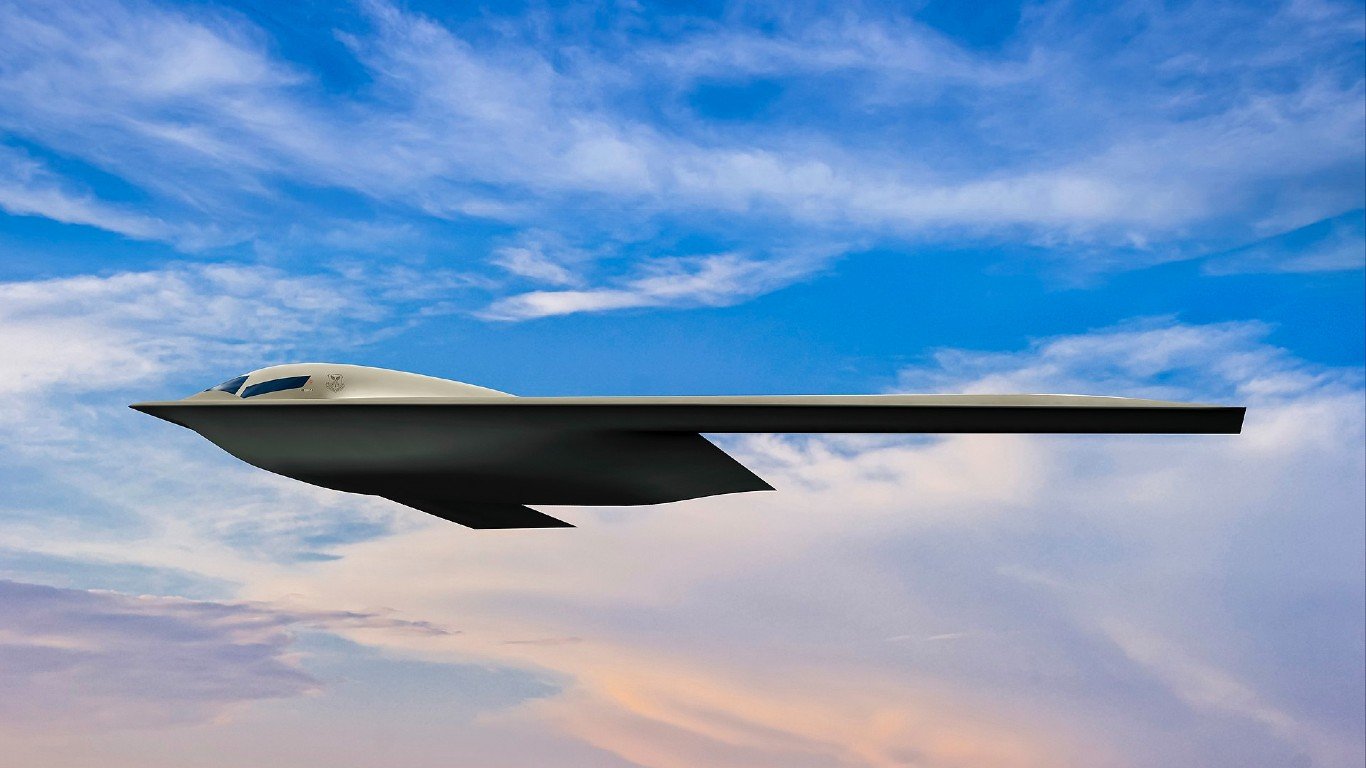
11. B-21 Raider
> 2021 spending: $2.7 billion
> 2023 requested budget: $5.0 billion
> Expected in: mid-2020s
[in-text-ad]
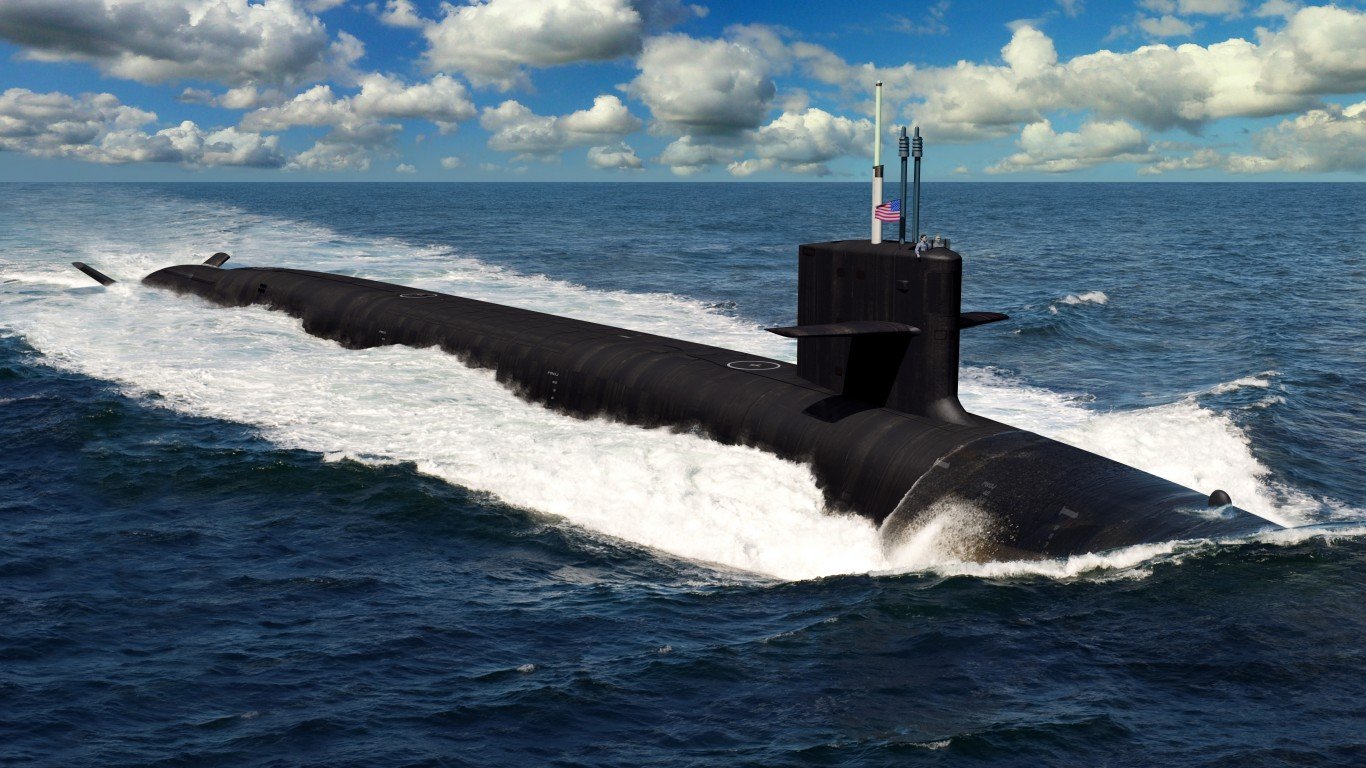
12. SSBN 826 Columbia Class Ballistic Missile Submarine
> 2021 spending: $4.5 billion
> 2023 requested budget: $6.3 billion
> Expected in: 2028
Essential Tips for Investing: Sponsored
A financial advisor can help you understand the advantages and disadvantages of investment properties. Finding a qualified financial advisor doesn’t have to be hard. SmartAsset’s free tool matches you with up to three financial advisors who serve your area, and you can interview your advisor matches at no cost to decide which one is right for you. If you’re ready to find an advisor who can help you achieve your financial goals, get started now.
Investing in real estate can diversify your portfolio. But expanding your horizons may add additional costs. If you’re an investor looking to minimize expenses, consider checking out online brokerages. They often offer low investment fees, helping you maximize your profit.
Thank you for reading! Have some feedback for us?
Contact the 24/7 Wall St. editorial team.




